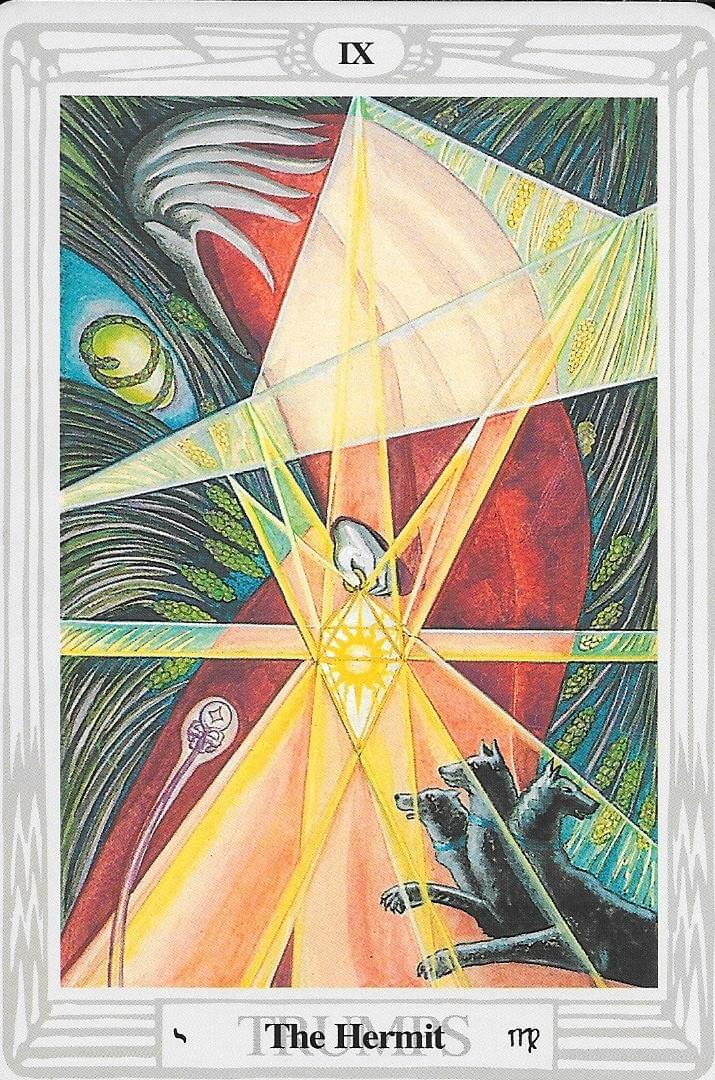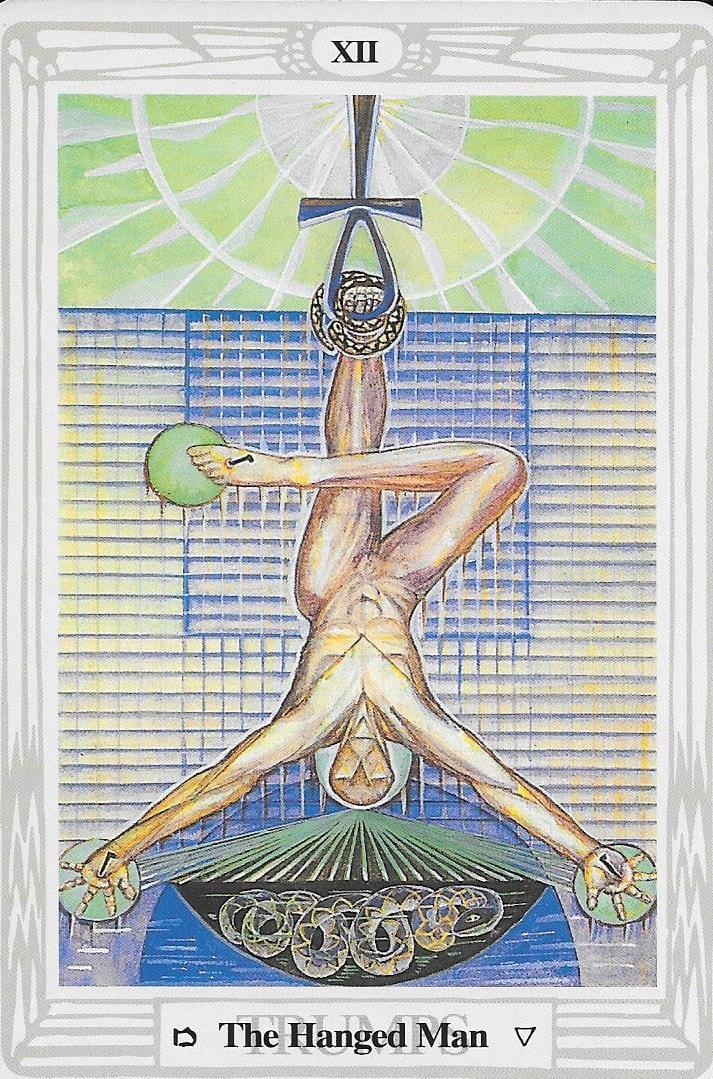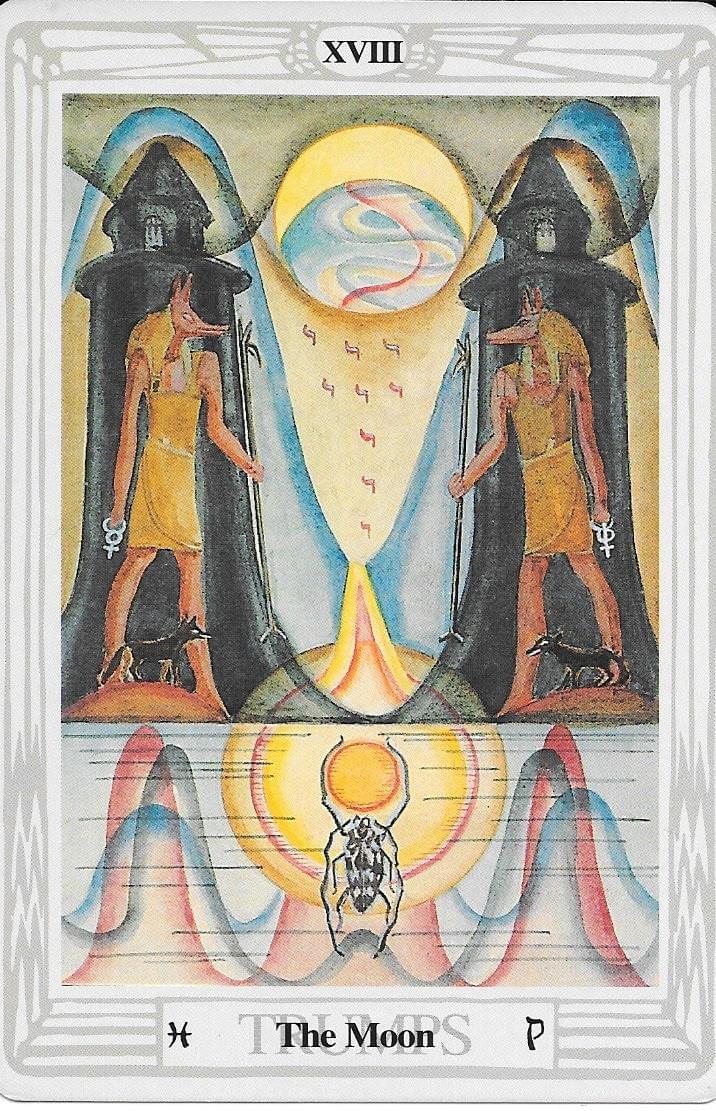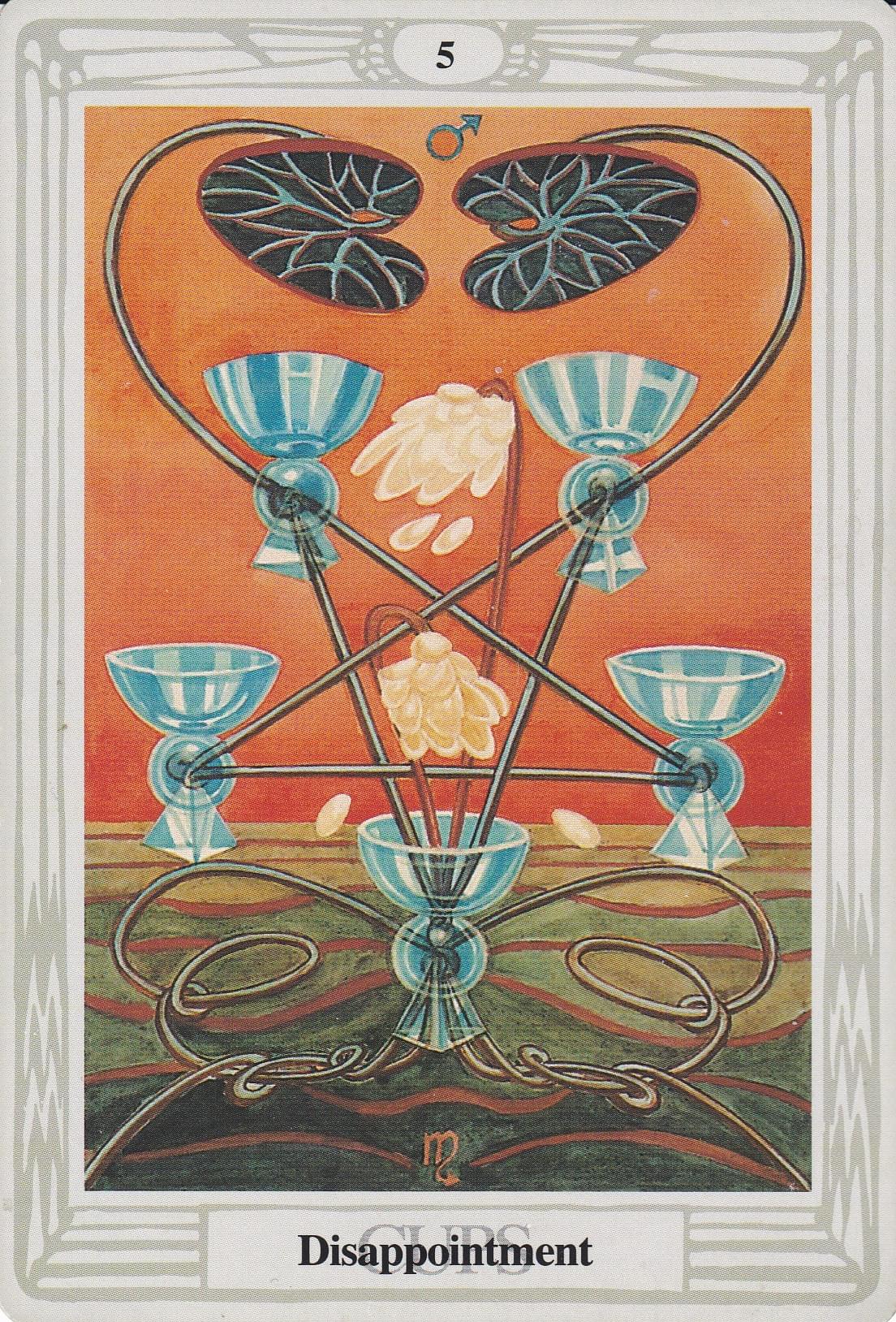qabalahthothtarotmagickeli.mystrikingly.com
Introduction
The concept of Universal Melancholy is a profound reflection on the inherent sorrow woven into the fabric of existence. It echoes through mysticism, philosophy, and esoteric traditions, representing the existential longing of the soul to reconnect with its divine source. In the frameworks of the Tarot and the Qabalistic Tree of Life, this melancholy is not merely a state of sadness but a vital phase in the spiritual journey—an alchemical crucible through which transformation occurs.
This blog explores how specific Tarot archetypes and Qabalistic paths embody this cosmic sorrow and offer a roadmap for transcendence.

The Hermit (Atu IX): The Solitary Seeker
Astrological Correspondence: Virgo
Hebrew Letter: Yod (י) — “hand,” symbolizing the creative spark.
The Hermit stands as the archetype of the solitary seeker. With his lantern illuminating the path ahead, he represents the inner quest for truth and the wisdom found in isolation. This is not loneliness but a deliberate withdrawal—a necessary retreat to reconnect with the self and the cosmos.
Qabalistic Path: Connecting Chesed (Mercy) to Tiphareth (Beauty), the Hermit guides the seeker from divine compassion to inner harmony. This path requires introspection, where the light of the soul is found in the shadow of solitude.
Melancholic Insight: The Hermit's sorrow stems from the recognition of impermanence and the soul’s distance from its divine source. Yet, this very melancholy becomes the seed of enlightenment.

The Hanged Man (Atu XII): The Sacrificial Suspension
Astrological Correspondence: Water
Hebrew Letter: Mem (מ) — “water,” symbolizing emotional depth and subconscious flow.
The Hanged Man is the embodiment of surrender. Suspended upside down, he perceives the world from an altered perspective, mirroring the soul’s inversion during spiritual awakening. His sacrifice is voluntary, a symbolic death of the ego to attain higher wisdom.
Qabalistic Path: This card bridges Geburah (Severity) and Hod (Splendor), guiding the seeker through the transformative power of self-sacrifice. It is a path of surrendering control and embracing the unknown.
Melancholic Insight: The melancholy here arises from the pain of letting go—of desires, control, and even identity. Yet, in this loss, the soul finds liberation.

The Moon (Atu XVIII): The Realm of Illusion and Longing
Astrological Correspondence: Pisces
Hebrew Letter: Qoph (ק) — “back of the head,” tied to the subconscious and dreams.
The Moon guides the seeker through the veiled corridors of the subconscious, where shadows dance and illusions reign. It represents the deep, often unsettling melancholy of uncertainty—the fear and longing that arise when the path ahead is obscured.
Qabalistic Path: Linking Netzach (Victory) to Malkuth (Kingdom), the Moon draws the aspirant through the veils that separate the material from the spiritual.
Melancholic Insight: The longing for clarity amidst illusion is the core of the Moon’s sorrow. It reflects the existential ache of beings caught between the seen and unseen worlds.

The Five of Cups: The Grief of Loss
Astrological Correspondence: Mars in Scorpio
The Five of Cups encapsulates personal melancholy—grief, regret, and the emotional weight of loss. The figure’s focus on the spilled cups, blind to those still standing, speaks to the human tendency to dwell on what is gone rather than what remains.
Qabalistic Influence: Situated in Geburah (Severity), this card teaches that loss and pain are catalysts for growth, pushing the soul toward deeper understanding and eventual healing.
Universal Melancholy as the Alchemical Nigredo
In the alchemical tradition, the phase of Nigredo—the blackening—marks the necessary descent into chaos and sorrow before spiritual rebirth. This dark night of the soul is echoed in the Hermit’s solitude, the Hanged Man’s surrender, the Moon’s illusions, and the Five of Cups’ grief. Yet, it is through this melancholy that transformation occurs.
In the Qabalistic view, the fragmentation of divine light in the Shevirat ha-Kelim (the Breaking of the Vessels) created a cosmos steeped in sorrow and longing. But within this fracture lies the potential for Tikkun (repair), the soul’s journey to reclaim the scattered sparks of divinity.
Meditating on Melancholy: Tarot as a Tool for Healing
To work through the layers of Universal Melancholy, Tarot offers a mirror for introspection:
Meditate on the Hermit when seeking inner guidance and solitude.
Invoke the Hanged Man during times of surrender and necessary sacrifice.
Contemplate the Moon to navigate illusions and emotional uncertainty.
Reflect on the Five of Cups to process grief and find hidden blessings.
Through these meditations, the melancholy that once seemed paralyzing becomes a catalyst for growth—a reminder that within the heart of sorrow lies the path to transcendence.
Conclusion
Universal Melancholy is not merely a state of despair but a cosmic longing—the soul’s deep ache to reunite with its divine origin. The Tarot and Qabalah teach that this sorrow is not an end but a process, a necessary phase in the alchemical transformation of the self. By embracing melancholy, we step onto the path of wisdom, healing, and ultimate transcendence.
The journey through the shadows is not a detour but the very road to the light.
Thank you for your interest, comments, and supportive donations. May you live long and prosper.
Helping people become more magick and less tragic since 2010.
